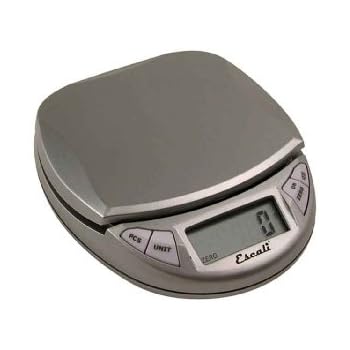So after wasting about 50 pounds of CO2 over the past few years to leaking kegs, I started looking for a carbon dioxide sensor. Most places said, dont you mean carbon monoxide? Ugh...
So having some experience with micro controllers, I decided to build CO2 meter. I ordered an infrared CO2 sensor from eBay and wired it up to an Arduino. Then send the reading via USB to a Raspberry Pi outside the fridge. It works great but there is an anomaly that I cant quite figure out.
Normal atmospheric CO2 level is about 400 ppm so thats what Im looking for. Much higher than that means I have a leak.
So heres the issue. Every morning, its about 395-405 ppm...exactly where I want it. Then, at various times throughout the day, the readings spike to 600 or 700...sometimes 800. For the first few days, I thought I had a leak, but the reading is always around 400 in the morning and I havent lost CO2. The fridge should be relatively sealed, right?
Any scientists out there able to tell me whats happening? View attachment IMG_1158.jpgView attachment IMG_1157.jpg
So having some experience with micro controllers, I decided to build CO2 meter. I ordered an infrared CO2 sensor from eBay and wired it up to an Arduino. Then send the reading via USB to a Raspberry Pi outside the fridge. It works great but there is an anomaly that I cant quite figure out.
Normal atmospheric CO2 level is about 400 ppm so thats what Im looking for. Much higher than that means I have a leak.
So heres the issue. Every morning, its about 395-405 ppm...exactly where I want it. Then, at various times throughout the day, the readings spike to 600 or 700...sometimes 800. For the first few days, I thought I had a leak, but the reading is always around 400 in the morning and I havent lost CO2. The fridge should be relatively sealed, right?
Any scientists out there able to tell me whats happening? View attachment IMG_1158.jpgView attachment IMG_1157.jpg



